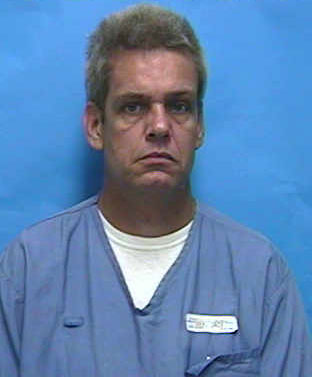
While Harry Houdini had little formal education, he was an avid book collector. His father was a rabbi who had a collection of learned, rabbinical books. Houdini’s father bequeathed these books to Houdini. In 1903, when he was only about twenty-nine years old, Houdini declared that he possessed “the most expensive collection of books on the Art of Practicable magic.”^ Houdini about 1925 was claiming that he only worked five months a year and spent seven months a year in his library. His library was built into his home: “I actually live in a library.” Houdini then estimated that his drama library ranked fifth in size among drama libraries across the world. He ranked it behind only those of Robert Gould Shaw at Harvard, the British Museum, Henry E. Huntington’s library, and Henry C. Folger’s library. Houdini anticipated his library surpassing these libraries in about five years.^ Houdini bequeathed most of his library to the U.S. Library of Congress. Houdini, in competing in collection size and in his death bequest, associated himself with leading intellectual institutions.
In addition to some short stories, Houdini authored, at least nominally, two books on the history of magic and magicians, broadly understood. The first, The Unmasking of Robert-Houdin, was published in 1908. Houdini described it as “The First Authentic History of Magic Ever Published.”^ Robert-Houdin had been a hero to the young Houdini. Orginally named Ehrich Weiss, Houdini added an “i” to Houdin to form his adopted surname. The Unmasking of Robert-Houdin harshly attacked Houdin for his claimed place in the history of magic.
Houdini’s second historical book, Miracle mongers and their methods; a complete exposé of the modus operandi of fire eaters, heat resisters, poison eaters, venomous reptile defiers, sword swallowers, human ostriches, strong men, etc, was published in 1920. It described miracle mongers through the ages and around the world. A leading Houdini biographer described it as “clearly ghostwritten.”^